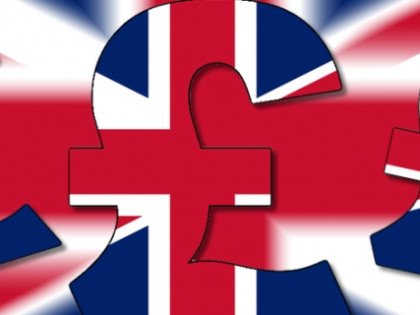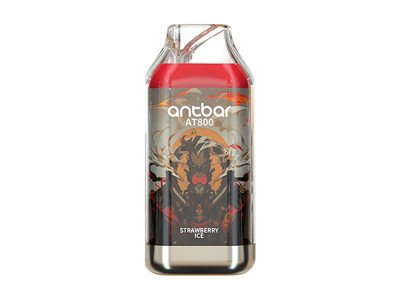Singh is no stranger to vaping, even if his manipulation of data displays a level of ignorance. He has been producing papers and campaigns with a very strong anti-ecig bias for the CDC over a number of years. The themes have been consistent: starting with spreading fear about tobacco company products while ignoring that they had a historically small section of the market. Another consistent theme is that of referring to vaping equipment as tobacco products, no matter how nonsensical it is to do that. Plus, focus on ‘ever used’ (experimented with) rather than ‘regularly used’.
Putting those themes together sums up what Singh’s Characteristics of Electronic Cigarette Use Among Middle and High School Students is all about. “Electronic cigarettes,” he writes, “are now the most commonly used tobacco product among U.S. youths; in 2015, 5.3% of middle school students and 16.0% of high school students reported using e-cigarettes in the past 30 days.”
Tushar likes to have a go at all things ecig, although he’d describe it as being anti-tobacco. He produced a marvellous piece of work looking at the dangers of electronic cigarette advertising to children. And, because he does so many of these nonsense studies, he gets to quote himself in all of them: “About 2.4 million middle and high school students were current (past 30-day) users of electronic cigarettes, or e-cigarettes, in 2014.”
As a logical consequence of saying there’s a huge problem with vaping among teens, Singh is compelled to see what the American youth is buying and vaping with. Just in case we are confused, he feels the need to point out: “Use of trade names and commercial sources is for identification only and does not imply endorsement.” So, just because he says Blu is the most popular brand for experimenting teens it doesn’t mean he thinks it is the best one for them to buy. Living with him must be a hoot.
Singh’s latest study states: “Among students who had ever used an e-cigarette, approximately half (50.7%, 3.18 million) did not know the brand of e-cigarette they had used. The most commonly reported e-cigarette brand was blu (26.4%, 1.65 million), followed by “other” brands (24.2%, 1.52 million); VUSE (12.2%, 760,000); Starbuzz (5.0%, 310,000); Logic (4.6%, 280,000); NJOY (4.5%, 270,000); Fantasia (4.1%, 250,000); MarkTen (2.2%, 140,000); and Finiti (1.4%, 90,000) (Figure).”
Any vaper who has seen others vaping in the street will spot a major flaw here. Any person who has spoken to experimenting teens will appreciate that the majority of them are subohming cloud chasers. Where are the box mods and tanks in this list? They don’t exist because Singh has no comprehension of vaping outside of a ‘looks like smoking’ framework. Plus, students left to fill in their own answers might not be entirely honest in a questionnaire they see no point in.
Singh and his employers continue their war on harm reduction and leave a crucial question: If the CDC has so little interest in improving the health of American citizens, then what is its point?
Dave Cross
Journalist at POTVDave is a freelance writer; with articles on music, motorbikes, football, pop-science, vaping and tobacco harm reduction in Sounds, Melody Maker, UBG, AWoL, Bike, When Saturday Comes, Vape News Magazine, and syndicated across the Johnston Press group. He was published in an anthology of “Greatest Football Writing”, but still believes this was a mistake. Dave contributes sketches to comedy shows and used to co-host a radio sketch show. He’s worked with numerous start-ups to develop content for their websites.
Join the discussion
Parliament Fears Two
The Department for Environment, Food and Rural Affairs faced questions from a Conservative MP and, oddly, a member of the Department for Environment, Food and Rural Affairs
Harm Reduction For The Rich
The United Kingdom risks becoming a harm reduction country only for the wealthy, according to Michael Landl of the World Vapers’ Alliance
Sacrificing Health For 2p Cut
Tory Government alienates vaping voters with its mission to cut tax by an unaffordable 2p to attract voters by placing a tax on vape products in the forthcoming budget
Scotland Announces Single-Use Vape Action
A ban on the sale and supply of single-use vapes in Scotland is due to come into effect on 1 April 2025, under proposed legislation published today











